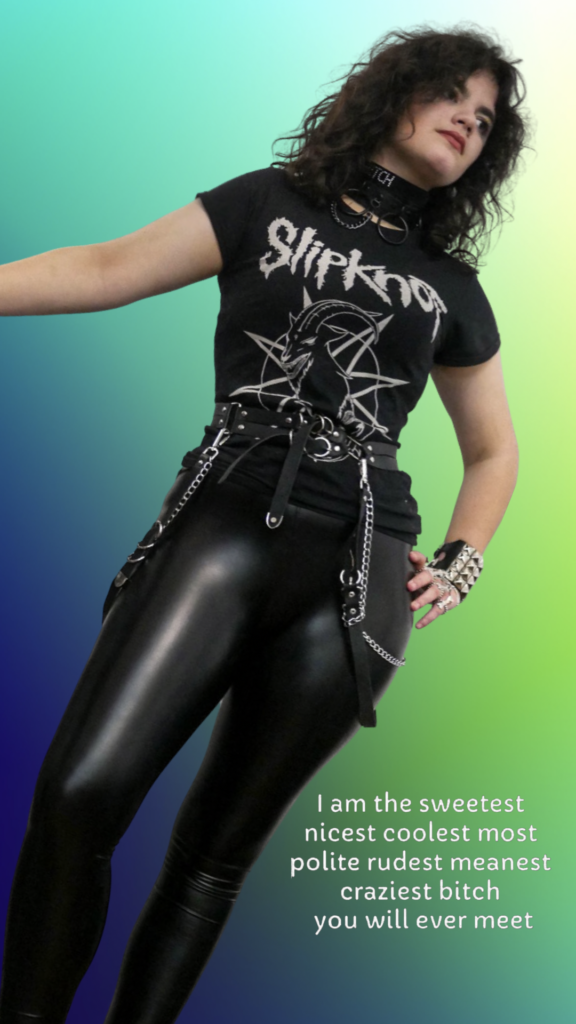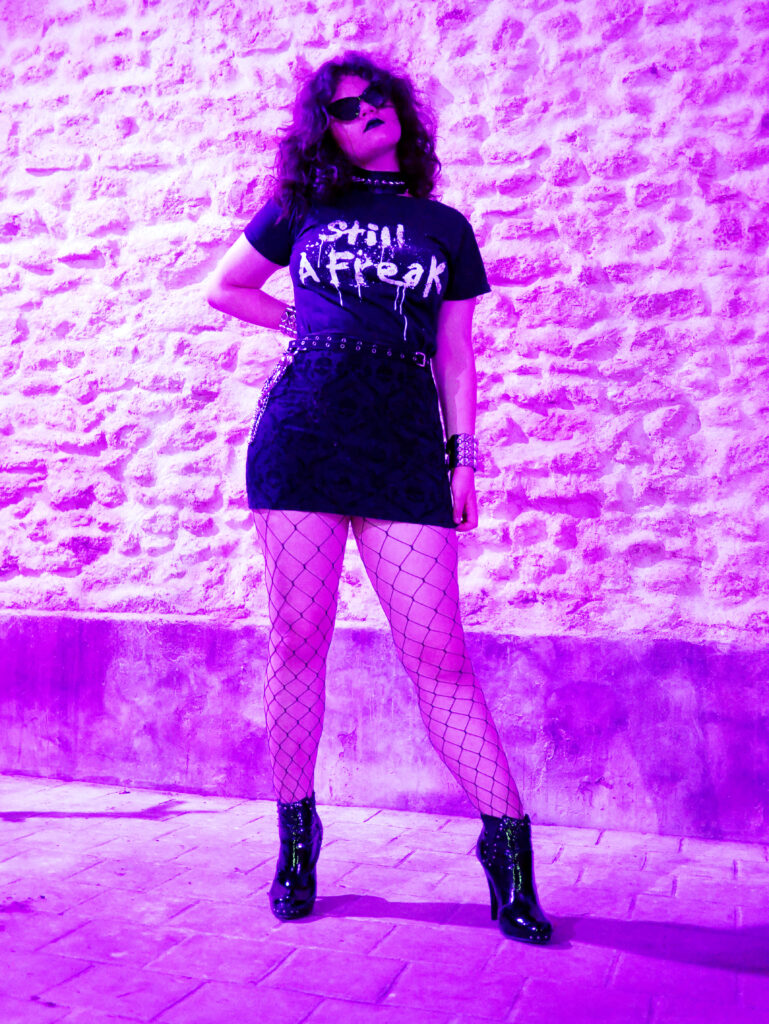Nu Metal

NU METAL
Nu Metal is a subgenre of alternative Metal that was commercially successful throughout the late 1990s and early 2000s but also carries the burden of being a controversial subject for the Metal community. It combines heavy Metal elements with other genres such as hip-hop, pop, rap, industrial or electronic music.
In an interview, Anthrax guitarist Scott Ian, when asked about how much he thought his band had influenced the development of the Nu-Metal scene after they’d put out one of the first-ever collaborations between Metal music and rap (Bring The Noise – Public Enemy & Anthrax) he said:
“People always say you [Anthrax] created rap Rock or rap Metal. All that shit that started in the 90s with Limp Bizkit and Korn and that whole sound… NU METAL. I’m like, man, I don’t take credit or blame. So many other bands are involved; Faith No More was doing rap hip-hop since the f*cking inception of Faith No More.”
These words very wisely point out the controversy in Nu Metal (“I’m like, man, I don’t take credit or blame”) and also point to some sort of beginning, a primordial soup that would later evolve into the subgenre it now is.
Faith No More, although arguably the father of Nu-Metal, is one of the biggest influences for this subgenre and its commercial outbreak. Their album Angel Dust (1992) proved to take the proto Nu Metal sound they had been working on for over a decade to the next level. Heavy-sounding drums and bass lead the music and groove like no other Metal music had done before, making the guitars more of an accompaniment for the rhythm section—the incorporation of samples, industrial noises and eclectic sound FX.
Even though Faith No More can be accounted for laying the foundations for this subgenre along with Korn, other bands from the late 80s and early 90s are key in the forging of the nu-metal sound. Sepultura, Pantera, Soundgarden, Helmet and Rage Against The Machine lead this new wave of experimenting with new sounds in Metal music, tired of the mainstream and MTV airing Metal bands.
Other styles that Nu Metal artists have included as influential are goth rock, funk, grunge, jazz, punk, thrash and even country music.
There are many particularities of the Nu Metal sound, but they are also the reason why it is such a controversial subject in the Metal community. On one hand, it’s a very riff-based style of music, with heavy dropped tuning guitars and bass (either tuned low or using 7-8 stringed guitars or 5-6 string bass) that emphasise the rhythm. There are no guitar solos in most of the songs because guitars are used to enhance the groove or to create a DJ-like effect. What makes it so controversial is the hybridization that the subgenre created as it mixed Groove-driven Metal with rap, pop and electronic elements, and the use of DJs that include scratches, synths and samples into the tracks. This evolution of Alternative Metal didn’t agree too well with the older metal community and many of the self-considered “true” fans. The more casual, laid-back aesthetics of some of the Nu-Metal acts are also pointed out as one of the issues, although it is by far less controversial.
The structure of Nu metal derives from pop structures that use verses to contrast the chorus or hook and use bridges to create a different section. In the case of Nu Metal bridges are thought of as breaks, which would later become very influential for other modern subgenres of metal like metalcore.
In the aspect of vocal styles there’s a lot of variation between different techniques: singing, whispering, rapping, growling and screaming are the most used and many times will be heard throughout the same song.
The lyrics, on the other hand, focus on a few subjects other than personal pain, teenage angst, rage, or alienation. They are punk-inspired but lack social and political vindication (System Of A Down is an exception due to its very political lyrics, which keep the debate open about whether or not they are a Nu-Metal band).
There is a larger participation of women in Nu metal than in other metal genres and subgenres. Some examples of all-female or female inclusive bands are: Kittie, Flyleaf, Head Phones President, MyPollux, OTEP or Heavensdust.

